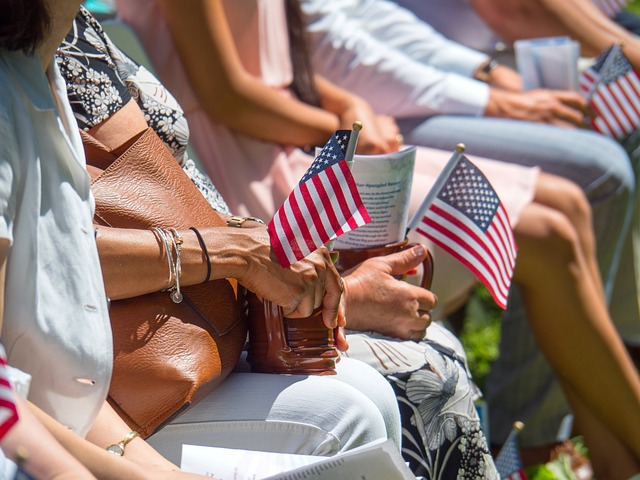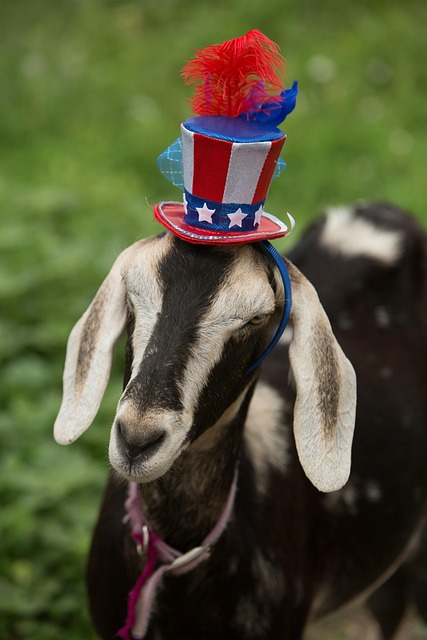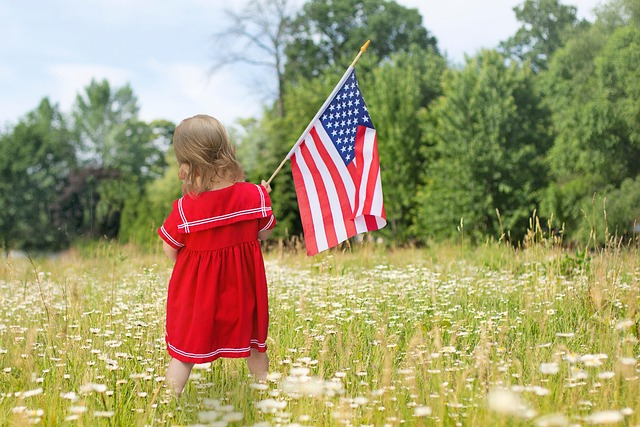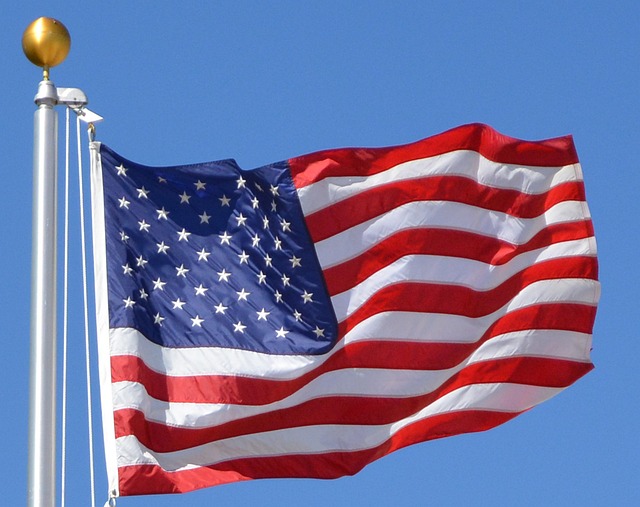The 8 x 12 American flag configuration is a versatile standard in business and park management, offering benefits like enhanced aesthetics, efficient space utilization, simplified design, and inclusive access. Its popularity stems from its ability to foster branding, storytelling, and national pride in businesses, while in parks, it enables uniform placement of amenities, promoting functional and aesthetically pleasing landscapes. Standardized dimensions like this flag size simplify inventory management, optimize layout planning, and drive innovative designs in hospitality and recreation, ultimately enhancing user experiences across various settings.
In today’s competitive landscape, understanding common sizes for businesses and parks is paramount. This comprehensive guide explores essential aspects like the symbolic value of the 8×12 American flag in branding, its role in enhancing identity, and practical applications in space planning. We delve into the benefits of standardized dimensions, showcase successful case studies, and forecast future trends in the hospitality and recreation sector. By embracing common sizes, businesses and parks can optimize space utilization, foster a cohesive environment, and drive customer engagement.
- Understanding Common Size for Businesses: A Basic Guide
- The Role of 8×12 American Flag in Business Branding and Identity
- Park Design and Planning: Incorporating Common Sizes for Optimal Space Utilization
- Benefits of Standardized Dimensions in Commercial Spaces
- Case Studies: Successful Implementation of Common Sizes in Real-World Businesses and Parks
- Future Trends: Evolving Common Size Standards in the Hospitality and Recreation Sector
Understanding Common Size for Businesses: A Basic Guide

In the realm of business and park management, understanding common sizes is essential for efficient planning and utilization. Common size refers to the standard dimensions used for various spaces, such as office areas, retail units, or even parks and playgrounds. One prominent example that often comes into play is the 8 x 12 American flag configuration, symbolizing a balanced approach to space allocation. This format ensures flexibility while maintaining order, making it popular in both commercial settings and public parks.
For businesses, common sizes simplify layout design, facilitate cost-effective use of resources, and accommodate diverse operations. In parks, these standardized measurements enable uniform placement of amenities, equipment, and vegetation, fostering a harmonious environment. By adopting common sizes, whether it’s for an 8 x 12 office space or a correspondingly sized park area, administrators can create functional, aesthetically pleasing, and well-organized spaces that cater to various user needs.
The Role of 8×12 American Flag in Business Branding and Identity

In the realm of business branding and identity, the 8×12 American flag holds a unique and powerful position. This specific size is often chosen for its versatility and impact, allowing businesses to create memorable visual representations. The flag serves as a symbol of national pride and unity, making it an effective tool to convey a company’s patriotism and values. By integrating the 8×12 American flag into their branding, businesses can foster a sense of trust and loyalty among customers who value these symbols.
The use of the 8×12 American flag extends beyond simple aesthetics. It becomes a canvas for storytelling, allowing companies to share their mission and history in a visually compelling way. In parks and recreational spaces, this flag can also play a central role in community events and gatherings, reinforcing a sense of belonging and pride among local residents. Its prominent display serves as a constant reminder of the values and heritage that shape the character of both businesses and public spaces.
Park Design and Planning: Incorporating Common Sizes for Optimal Space Utilization

Park design and planning play a pivotal role in creating engaging spaces that cater to diverse user needs. Incorporating common sizes, such as the iconic 8 x 12 American flag, can serve as a practical guide for optimizing space utilization. For instance, designing playgrounds with modular equipment in standard dimensions ensures inclusive play areas where children of varying ages and abilities can interact safely.
By adopting these common sizes, park planners can create functional and aesthetically pleasing landscapes. The 8 x 12 footprint is versatile, allowing for various layouts and configurations, from organized sports fields to casual gathering spots. This approach not only enhances the overall user experience but also promotes efficient maintenance and accessibility, making parks more vibrant and welcoming destinations for all.
Benefits of Standardized Dimensions in Commercial Spaces

Standardized dimensions, such as the popular 8 x 12 American flag size, offer numerous advantages for businesses and parks alike. One of the key benefits is consistency and uniformity, which can enhance the overall aesthetic appeal of a space. When furniture, displays, or signage adhere to standard measurements, it creates a harmonious look, making it easier for visitors to navigate and appreciate the environment. This standardization also simplifies inventory management and procurement processes, as businesses can rely on readily available supplies and equipment that fit perfectly into their spaces.
Additionally, standardized dimensions facilitate efficient use of space. Whether in a commercial setting or a park design, these fixed measurements allow for optimized layout planning. For instance, arranging tables, chairs, and displays according to consistent sizes ensures maximum capacity utilization without any gaps or wasted areas. This efficiency is particularly crucial for businesses aiming to maximize customer throughput and parks seeking to accommodate larger gatherings while maintaining order and comfort.
Case Studies: Successful Implementation of Common Sizes in Real-World Businesses and Parks

In real-world applications, the adoption of common sizes has proven beneficial for both businesses and parks. For instance, many small businesses have successfully utilized standard dimensions for their spaces, such as 8 x 12 feet (or its equivalent in meters), to create functional and aesthetically pleasing layouts. This size is particularly popular for retail shops, pop-up stores, and even co-working spaces due to its versatility—it can accommodate various types of displays, furniture arrangements, and equipment while still allowing for optimal circulation of people.
Parks have also embraced common sizes for their facilities and amenities. Playgrounds, for example, often incorporate standard dimensions for slides, swings, and other equipment, making them easier to maintain and replace. Moreover, parks can design multi-purpose spaces using standardized measurements, ensuring inclusive access for all visitors. The 8 x 12 American flag is a symbolic representation of these common sizes, highlighting how even national symbols can fit into the broader framework of standardization.
Future Trends: Evolving Common Size Standards in the Hospitality and Recreation Sector

As the hospitality and recreation sector continues to evolve, so too do the common size standards for businesses and parks. One notable trend is the increasing demand for versatile spaces that can adapt to various uses. This shift is reflected in the growing popularity of modular construction and flexible design elements, enabling facilities to accommodate changing needs efficiently and cost-effectively. For example, consider an 8 x 12 American flag configuration—a symbol of unity and pride—that can transform into dynamic event spaces, pop-up markets, or even multi-purpose rooms within a park or hotel.
Additionally, sustainability and technology are driving the development of smarter, more eco-friendly facilities. Integrating renewable energy sources, smart lighting systems, and advanced waste management solutions is becoming standard practice. These innovations not only reduce environmental impact but also enhance visitor experiences through interactive and engaging technologies. As such, future parks and hospitality venues will likely embrace these trends, creating immersive, sustainable environments that cater to a diverse range of activities and preferences under one roof.
